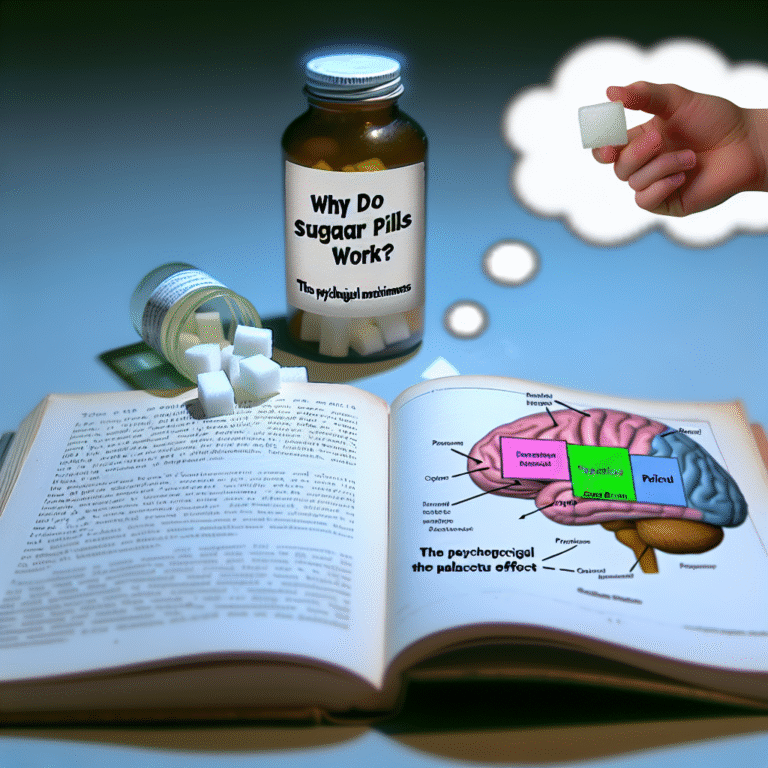Are You Burned Out? Key Symptoms and Quick Fixes for Renewal: Your Ultimate Guide to Recovery
Introduction
In a fast-paced world filled with constant demands, many of us find ourselves grappling with a chronic state of fatigue, stress, and emotional depletion. The question arises: Are you burned out? If you’re feeling perpetually exhausted, detached, or unmotivated, you may be facing burnout—a state that can affect not just your mental health, but your physical well-being too. Understanding the key symptoms and exploring quick fixes for renewal is essential for restoring balance in your life. This article serves as your ultimate guide to recognizing burnout and implementing effective strategies for recovery.
Understanding Burnout: What It Is and Why It Matters
Burnout is more than just feeling tired; it’s a state of emotional, mental, and physical exhaustion caused by prolonged stress, often in the workplace. Characterized by a waning interest in activities you once enjoyed, burnout can lead to serious mental health issues, impacting both personal and professional spheres.
Case Study: The Corporate Executive
Meet Julia, a 38-year-old corporate executive. Once driven and passionate about her projects, she found herself dreading Monday mornings and feeling physically drained by noon. Julia’s experience underscores a common narrative—high-achieving professionals often face burnout due to unrealistic expectations and relentless schedules.
Key Symptoms of Burnout
Identifying burnout involves recognizing a range of symptoms that signal emotional and physical exhaustion. Here are some of the most common indicators:
| Symptoms of Burnout | Description |
|---|---|
| Chronic Fatigue | Persistent exhaustion that doesn’t improve with rest. |
| Detachment | Emotional distance from work and loved ones. |
| Decreased Performance | A decline in productivity and efficacy in daily tasks. |
| Irritability | Increased frustration over small issues. |
| Lack of Motivation | A disinterest in starting or finishing tasks. |
| Health Issues | Frequent headaches, gastrointestinal issues, and more. |
Real-World Implications
Burnout doesn’t just affect individual lives; it can have pervasive consequences for organizations. For instance, a study from the World Health Organization (WHO) revealed that burnout significantly lowers productivity, leading to a reported $300 billion loss in the U.S. economy each year.
Quick Fixes for Renewal
1. Recognize the Signs Early
The first step in combating burnout is awareness. Reflect on your feelings and behaviors. Ask yourself, “Am I showing any key symptoms of burnout?” Keeping a journal may help track your state over time.
2. Set Boundaries
In our hyper-connected world, it’s crucial to establish clear boundaries between work and personal life. Consider these strategies:
- Designate Work Hours: Decide when your workday starts and ends.
- Turn Off Notifications: Disconnect after hours to avoid work-related intrusions.
Case Study: A Teacher’s Experience
Mark, a dedicated high school teacher, found himself overwhelmed with administrative duties outside classroom hours. By setting strict boundaries and communicating with his administration, he reclaimed valuable personal time, significantly reducing feelings of burnout.
3. Prioritize Self-Care
Self-care isn’t a luxury; it’s a necessity when combating burnout. Implement some of the following:
- Physical Activity: Engage in regular exercise—aim for at least 30 minutes daily.
- Mindfulness Practices: Explore meditation or yoga to reduce stress levels.
- Social Connections: Make time for friends and family, which can increase feelings of belonging.
4. Seek Professional Help
If you recognize the symptoms of burnout becoming overwhelming, consider consulting a mental health professional. Therapy or counseling can provide valuable tools for recovery and coping strategies.
5. Embrace a Growth Mindset
Instead of viewing challenges as insurmountable, cultivate a mindset that embraces learning:
- Reflect on Failures: Analyze setbacks to gather insights for future improvement.
- Set Small Goals: Break tasks into manageable steps to regain a sense of accomplishment.
Table: Renewal Activities and Their Benefits
| Activity | Benefits |
|---|---|
| Walking or Jogging | Boosts endorphins, improves mood |
| Practicing Gratitude | Enhances mental well-being |
| Joining a Community Group | Fosters connection and emotional support |
| Learning a New Skill | Encourages creativity and personal growth |
Conclusion
As we’ve explored, burnout is a serious issue that can greatly affect your life, both personally and professionally. Understanding Are you burned out? Key symptoms and quick fixes for renewal is crucial for preventing this debilitating state. Remember, it’s not just about recognizing the signs but also taking proactive steps for renewal. Prioritizing self-care, setting boundaries, and seeking support can lead to a healthier, happier you.
FAQs
1. What causes burnout?
Burnout can be caused by prolonged stress, unrealistic expectations, high workload, lack of control, and insufficient support.
2. How can I tell if I’m experiencing burnout or just stress?
While stress is usually temporary, burnout is characterized by prolonged exhaustion, lack of interest, and feelings of ineffectiveness.
3. Can burnout affect physical health?
Yes, burnout can lead to physical health problems such as headaches, digestive issues, and chronic fatigue.
4. What should I do if my colleague is showing signs of burnout?
Encourage them to talk about their feelings and offer support. Suggest professional help if necessary.
5. Is it possible to recover from burnout?
Absolutely! With the right strategies and support, individuals can regain their energy and passion for life.
By taking proactive measures against burnout, you can rediscover joy in your personal and professional lives. Remember, awareness is the first step—don’t wait until it’s too late. Start your journey to renewal today!















